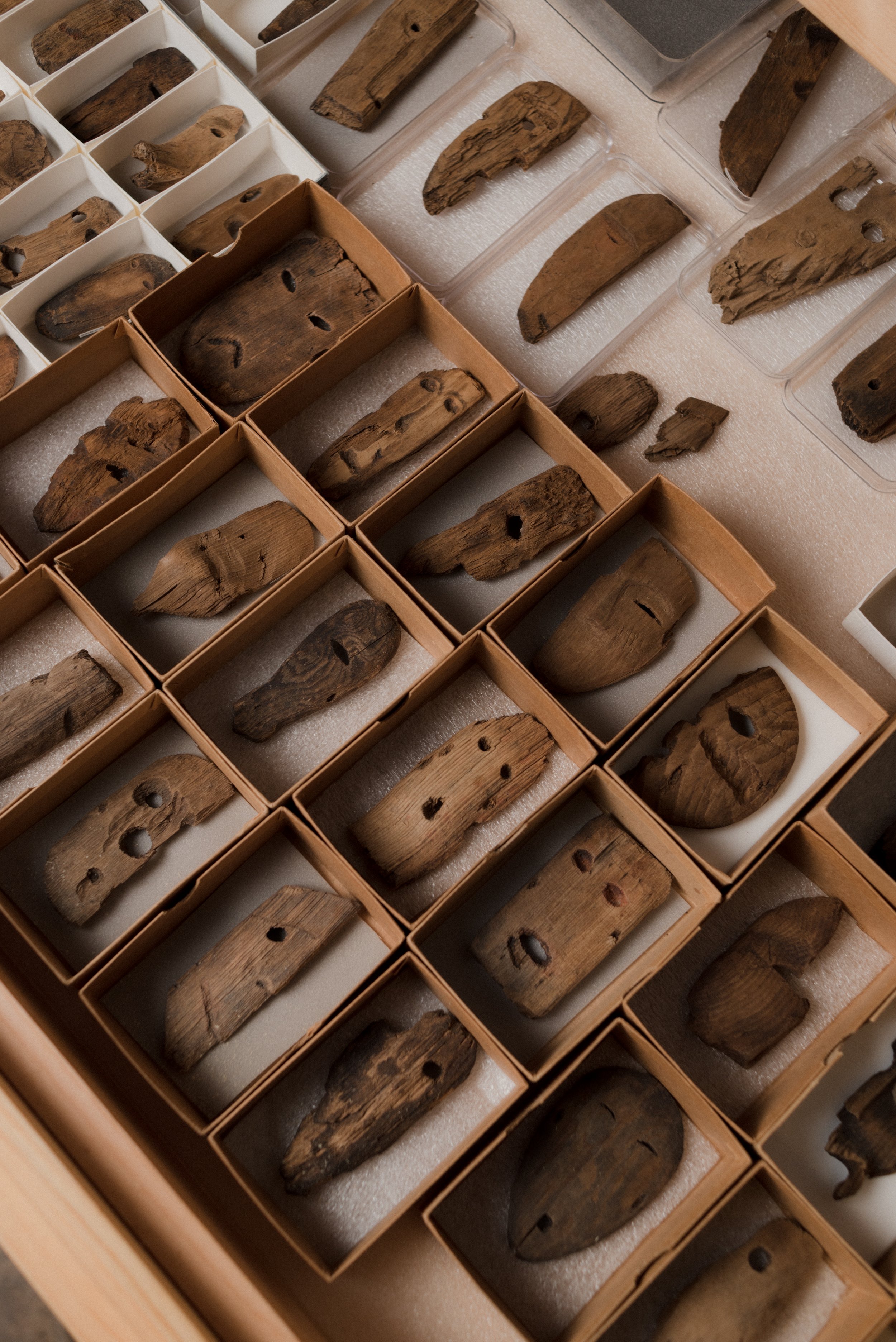Quinhagak
I took three planes to visit the Yu’pik community of Quinhagak, Alaska for an assignment with Paris based Telerama Magazine, States Magazine, and Villa Albertine, the French Embassy of Culture.
What first struck me about this town was that many of the houses and poles looked like they were sinking.
Climate change is causing the town to lose its land to erosion and melting permafrost. The frozen earth where the town sits is thawing as the planet warms. As it melts, the ground makes the houses, roads, and plumbing unstable. A storm washed away one of their major roads. The effects to their land could force the community to relocate.
Commission: Telerama Magazine and Villa Albertine - The French Embassy of Culture
Project: Documentation of Quinhagak, Alaska, 2023
Writer: Charlotte Fauve
Photo Director: Laurent Abadjian and Gaetan Bruel
Quinhagak is home to the Nunalleq Archeological Site, the largest collection of pre-contact Yup’ik artifacts in the world. Professor of Archeology at the University of Aberdeen, Rick Knecht and his team started the dig in 2009 after artifacts were washing up on shore.
Over 100,000 artifacts dating back to 1350 were uncovered, perfectly preserved in permafrost. Archeologists, researchers and volunteers, including Villa ALbertine resident Claire Houmard, flock to the site to excavate it, as the eroding coastline along the Bering Sea is quickly washing it away.
During my week of photographing the digs, many artifacts were found including a mask, an ulu (small knife), and childrens’ dolls. Finding artifacts were plentiful on this site. The team dug rain or shine through many swarms of mosquitos.
The findings are collected at the The Nunalleq Culture and Archaeology Center for locals and visitors to see, holding the world’s largest collection of prehistoric North Native Artifacts.
Many of the artifacts found are confirming generations of stories of wars, passed down by elders. This site is a new model for this type of work, with the researchers, archeologists and Yu’pik community leaders spearheading the program together. This work and the technology that comes with it is aimed to provide a future for the younger generations of the Yu’pik people.
I will never forget my time in Quinhagak and was honoured to meet the Yu’pik people who opened their homes to me, and the archeologist and student team from around the world.









































































